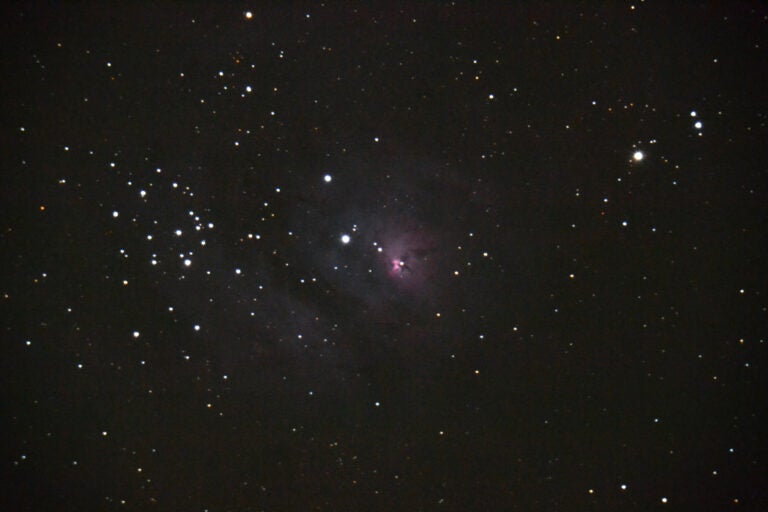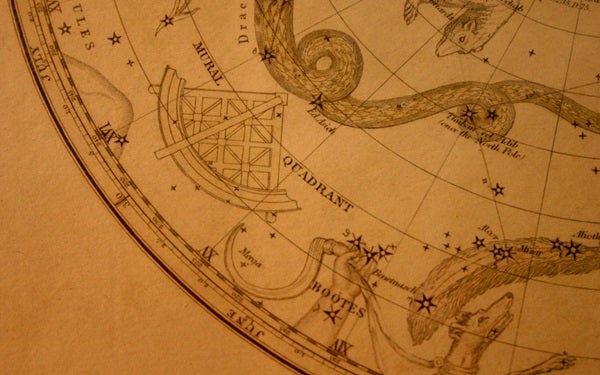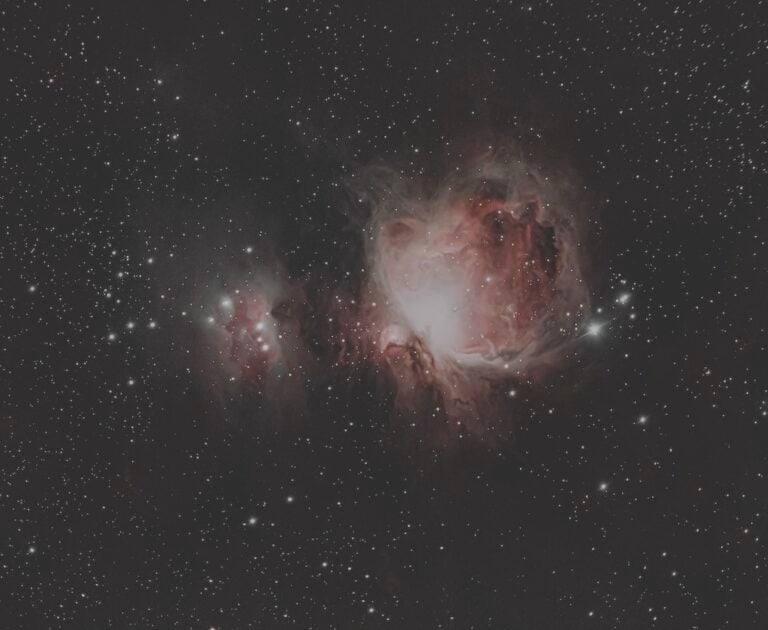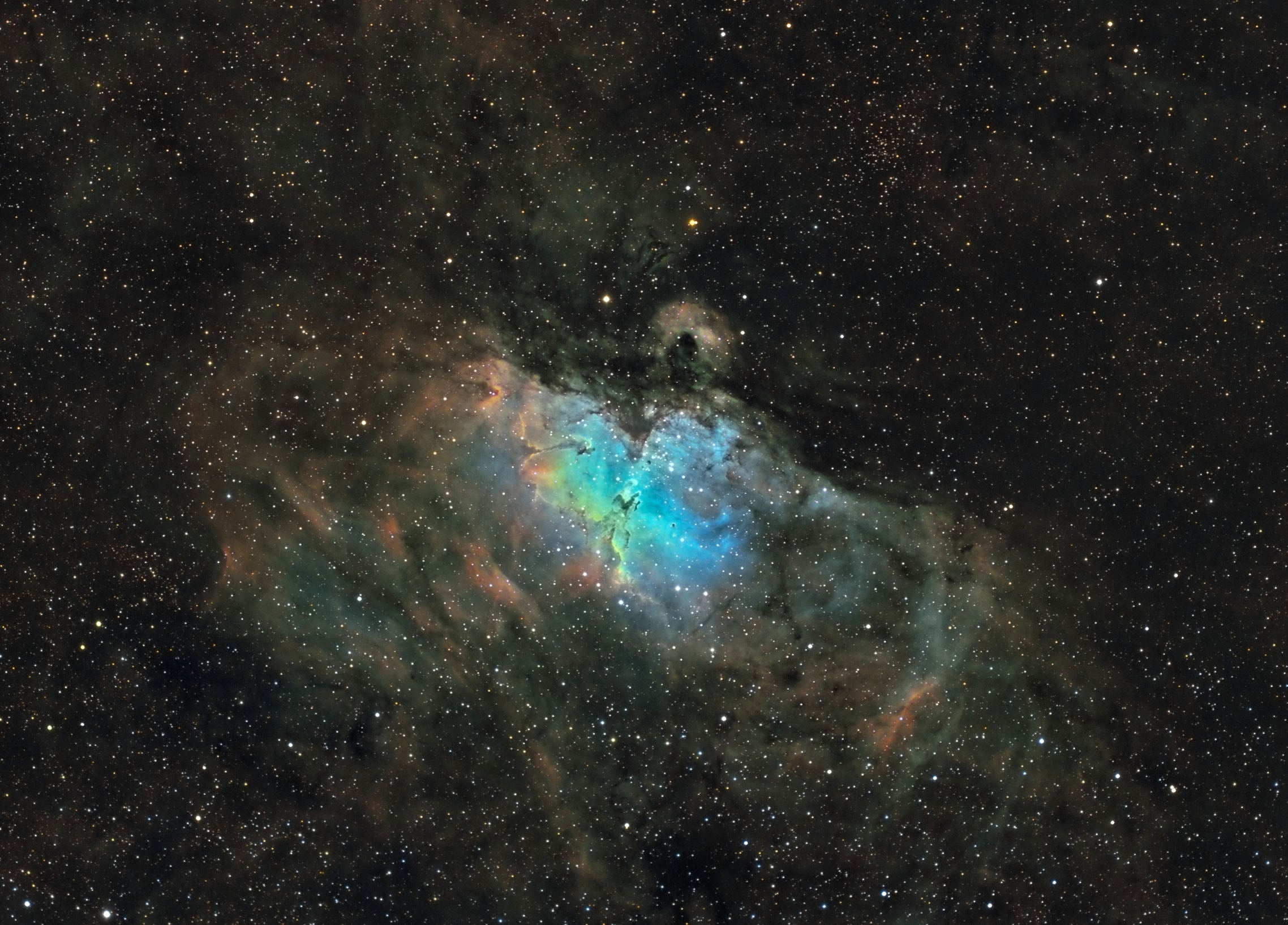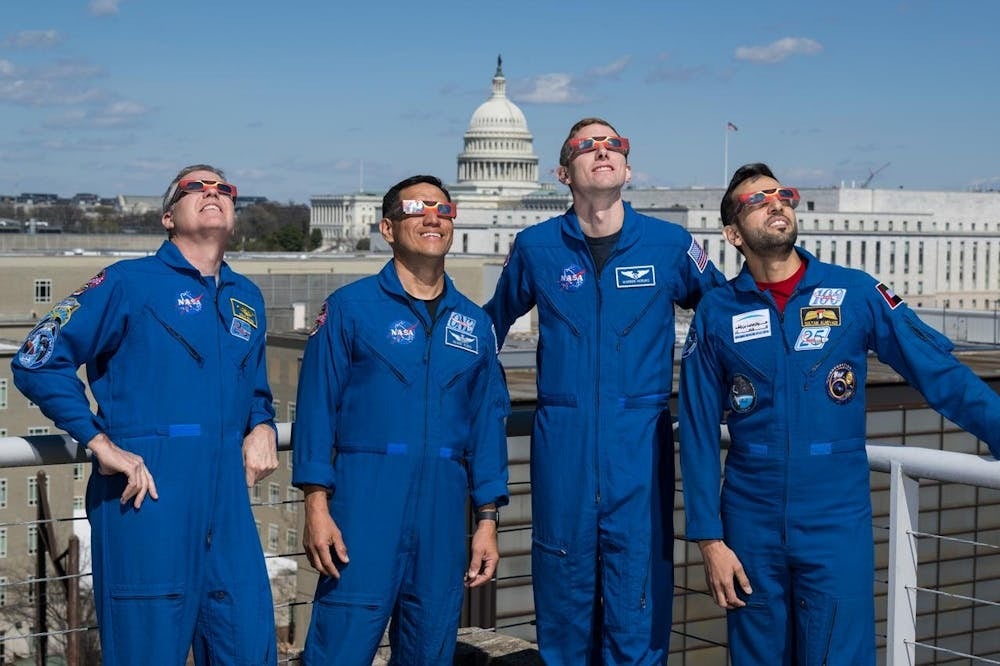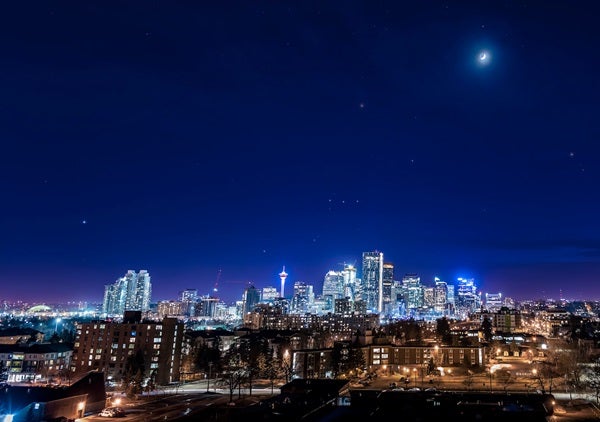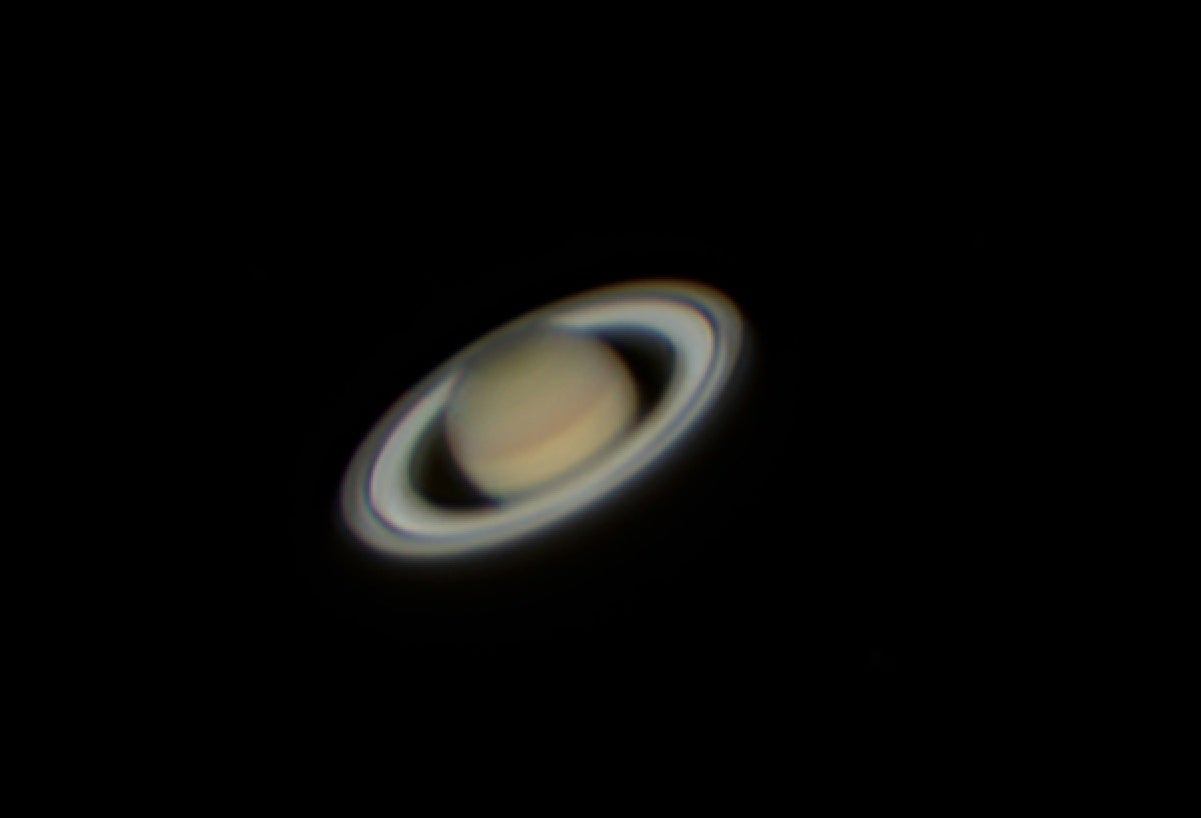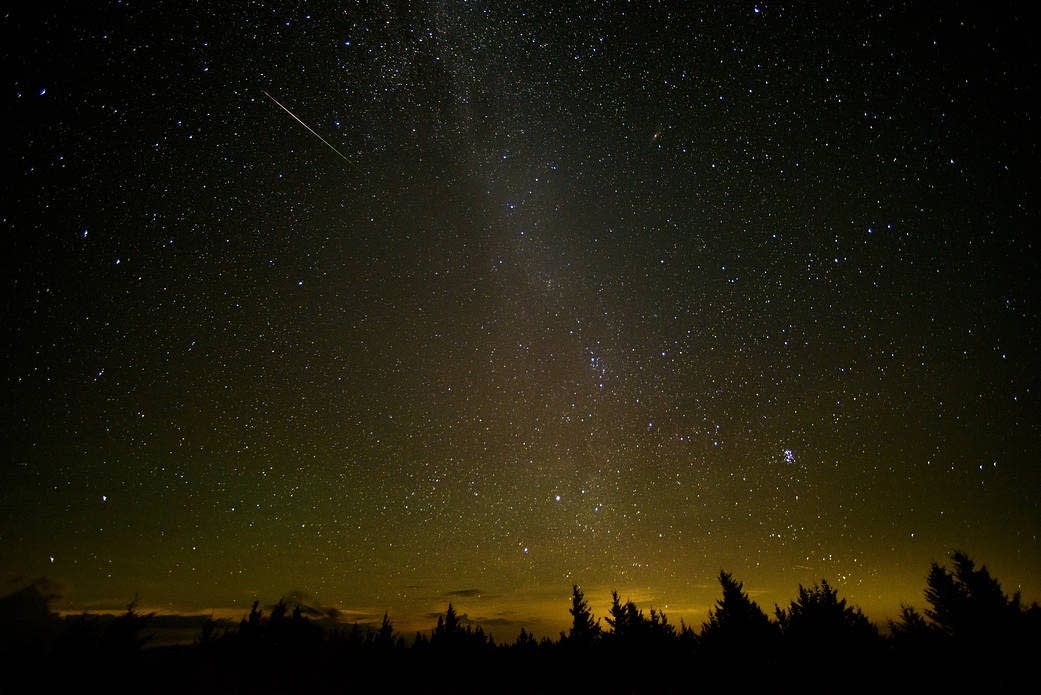
Of all the astronomical events that can be seen in the night sky, meteor showers are among the most exciting. Standing under a sparkling sky late at night when the rest of the world is asleep, watching shooting stars skip across the heavens is one of the best experiences in amateur astronomy.
Unfortunately, meteor showers are also one of the most over-hyped celestial events too.
Sadly, these days most astronomical stories are exaggerated on social media and by online news outlets to a sometimes ridiculous degree. Just as the public is told that every comet that might reach naked eye brightness will “light up the sky!”, readers are now told that every meteor shower, even the most minor ones, will produce a “spectacular show of flaming shooting stars!”
The truth is often much less exciting, but a meteor shower can still be an awe-inspiring event. So if not a river of flaming stars, what should you expect to see in a meteor shower? This article will guide you through the basics.
What is a meteor shower?
On any clear, starry night you can expect to see at least a couple of shooting stars zip across the sky purely by chance. They appear without warning, in any part of the sky, so you’ll only see them if you happen to be looking in the right direction at the right time. The streak you see is a tiny bit of rock or metal – most are only the size of a grain of sand – burning up as it encounters Earth’s atmosphere. These tiny meteors litter the whole solar system, and Earth is constantly plowing through some amount of dust and debris.
But at certain times of the year we can go out and are guaranteed to see more meteors than usual, because a meteor shower is taking place. These are caused when Earth passes through a thicker trail of space dust left behind by a passing comet. As the particles burn up in the atmosphere, they create lots more shooting stars than usual.
How often do we see meteor showers?
There are around a dozen major meteor showers every year, and lots of minor ones too. They are annual events which amateur astronomers look forward to in the same way children look forward to birthdays and school holidays. We know exactly when they will occur because we know when Earth will pass through those streams of dusty material on its trip around the Sun.
Why do they have the names they do?
Meteor showers are named after the constellation their shooting stars appear to come from. As Earth passes through a stream of space dust and its particles burn up, they appear, because of perspective, to shoot out of a small area of sky in one constellation – a point astronomers call the “radiant”. So, the most popular meteor shower of the year, the summer Perseid shower, is so named because its radiant is in Perseus, just as the November Leonids are named after the constellation Leo, etc.
When are the best meteor showers of the year?
Some meteor showers are much more active than others because they are produced by encounters with denser streams of space dust. The best meteor showers are the ones with the highest hourly rates – the number of shooting stars an observer can expect to see per hour at their peak. So, statistically, the best showers are:
- The Quadrantids (January)
- The Perseids (August)
- The Orionids (October)
- The Geminids (December)
All of these showers can produce dozens of meteors every hour at their peak. Under perfect conditions, these numbers can climb to hundreds, but “perfect” means not only very dark, unobstructed skies, but also that the radiant is directly overhead – meaning timing, location, and luck all play their part.
Where is the best place to watch a meteor shower from?
To see a meteor shower at its best you want to be away from as many lights as possible – that includes passing traffic and your phone screen! – with as “big” a view of as much of the sky as possible. If you explore your local area virtually, using an online atlas or map program, or just drive around when you have some spare time, you should be able to find a quiet country road, a remote car park or even a farm gateway that will make a great meteor watching site. Sadly, few parks stay open past dark (unless you’re camping) even for meteor showers, though some do. Just be sure to travel and pick your observing site safely – stargazing sometimes looks like more nefarious activity, since you are in fact loitering in the dark.
When is the best time to watch a meteor shower?
That depends on the particular shower. As a general rule, you’ll see more meteors after midnight than before, because Earth will be facing into the oncoming particles then. But many observers head out to their observing sites earlier in the hope of seeing “Earth-grazers” – bright meteors that come in early, at an angle, painting long trails across the sky.
Does the Moon affect a meteor shower?
Yes – it can ruin it! Although some meteors can be very bright, most are so faint they are just seen out of the corner of your eye. If there’s a big, bright Moon in the sky its light will drown out the fainter meteors.
What should you wear and take with you to watch a meteor shower?
Watching a meteor shower requires a lot of patience – most likely you’re going to be standing or laying outside in the open for several hours. Depending on the season, bring bug spray, or a hefty winter coat and thick gloves.
A telescope won’t help you spot meteors – in fact, you’ll see less with your eye pressed to an eyepiece – but binoculars can be useful. The brightest shooting stars can leave ghostly trails behind them in the sky that can linger for minutes, twisting and contorting in the upper atmosphere’s winds, and binoculars will give you a great view of those.
You might try playing some music or a podcast to keep you alert and motivated to stay out. It’s easy to lose heart, and interest, during a lull in a meteor shower, especially if you’re cold or being attacked by mosquitos. But the most important and useful thing to take with you on a meteor hunt is someone else! If you go out with an observing partner, or partners, you’ll be motivated to stay out longer, and you’ll be able to share the excitement of seeing a bright shooting star race overhead, flaring as it falls – or the frustration of missing it. Inevitably, you’ll find yourself in a competition to see who spots the most falling stars!
Once you have watched a couple of showers you might also want to take with you a notebook or a chart to record the meteors you see, or even a camera to try and photograph them. But my advice is to keep it simple the first couple of times – just find a good dark spot, get comfy, and watch the show without any distractions.
How do you watch a meteor shower with your naked eyes?
It’s really all about comfort and patience. If you just stand there, looking around, waiting for something to happen you’ll soon grow both bored and uncomfortable, as your neck cramps from craning up. So take a chair to sit in (or lay on a blanket), get comfortable, and just… look.
You’ll be tempted the first time to look this way and that, desperate not to miss anything, but there’s absolutely no point. Relax. Stargazing is like a magic eye picture – the trick is to look off to the side of the radiant, and not focus too hard. This encourages your eye to pick up fainter streaks of light. Then you wait. Eventually you’ll see a shooting star!
It might be a while before you see another though, because although TV shows and films always show the sky full of meteors during a shower, dozens of them zipping away like tracer fire on a battlefield, in real life they’re nothing like that. Most meteor showers are stop-start affairs, with brief bursts of activity and then long lulls when nothing seems to happen. You just have to be patient, and keep looking up.
And what do meteors actually look like? Some will be so bright they will make you gasp as they drop towards the far horizon, flaring along the way, but most will just scratch across the sky for a fraction of a second before vanishing. Some of the meteors you see will have beautiful colours – electric greens, icy blues or sometimes a hot orange – but most will just be a streak of silvery-white.
If you are really lucky you will see a bolide, or a fireball. This is a shooting star that is so shockingly bright it casts shadows as it lights up the countryside around you. Fireballs fall slowly, almost like distress flares, and often have a very vivid colour. Trust me – if you see one you will never forget it.
How many will you see?
Now, that’s the million dollar question isn’t it? You can get a rough idea by looking at a shower’s listed hourly rate, discussed earlier, but the only real answer is to go out and just watch the sky. The number you see will depend on how many obstructions you have on your horizon, how much light pollution there is at your site, if the Moon is in the sky, and how high the radiant is. Some showers can be trusted to put on a good show if you take all those things into account. If your sky is clear during the peaks of the Quadrantids, Perseids, Orionids and Geminids you should definitely make the effort to go out and watch them. With your fingers crossed tightly, of course.
When are the next good meteor showers to look forward to?
Delta Aquarids | July 29–30, 2023
Perseids | August 11–13, 2023
Orionids | October 20–21, 2023
Leonids | November 17–18, 2023
Geminids | December 13-14, 2023


